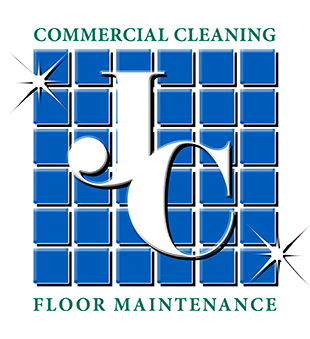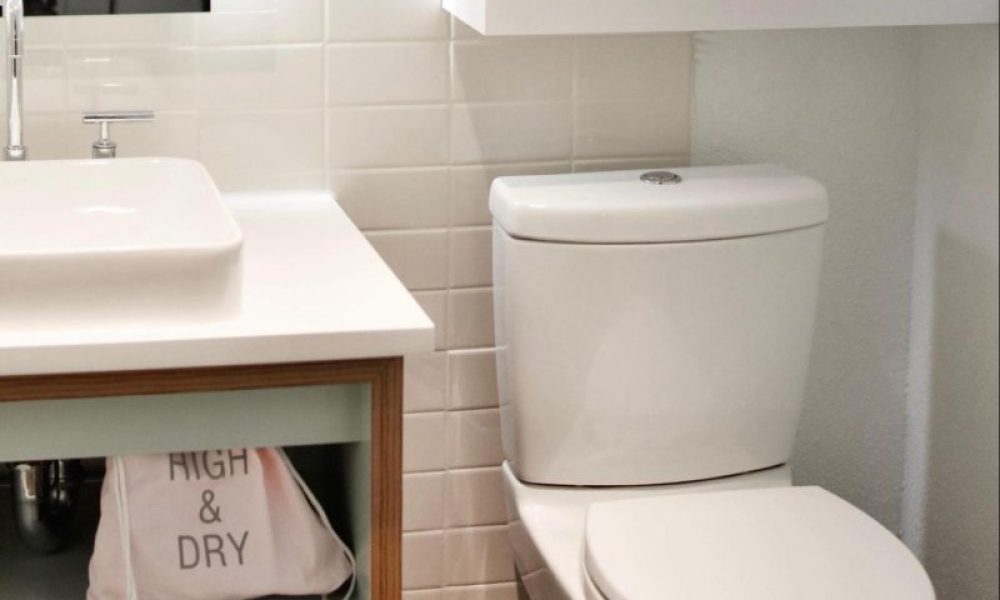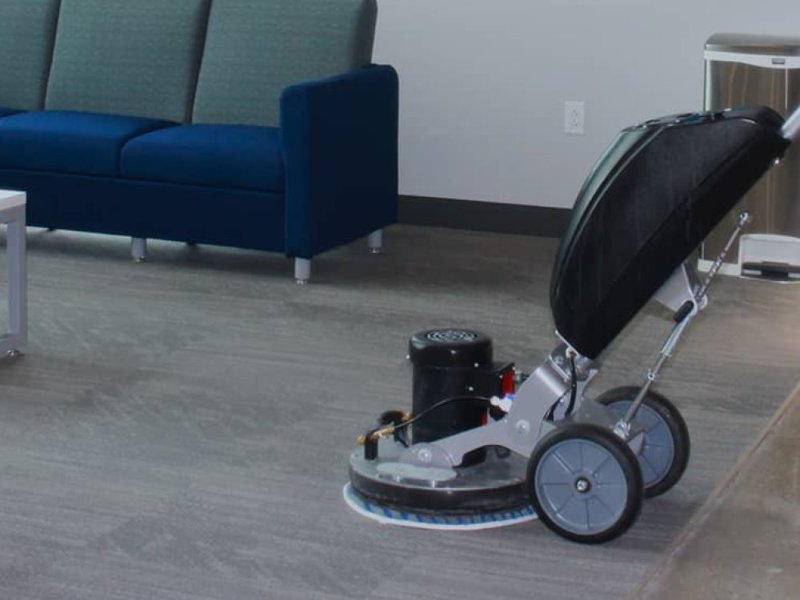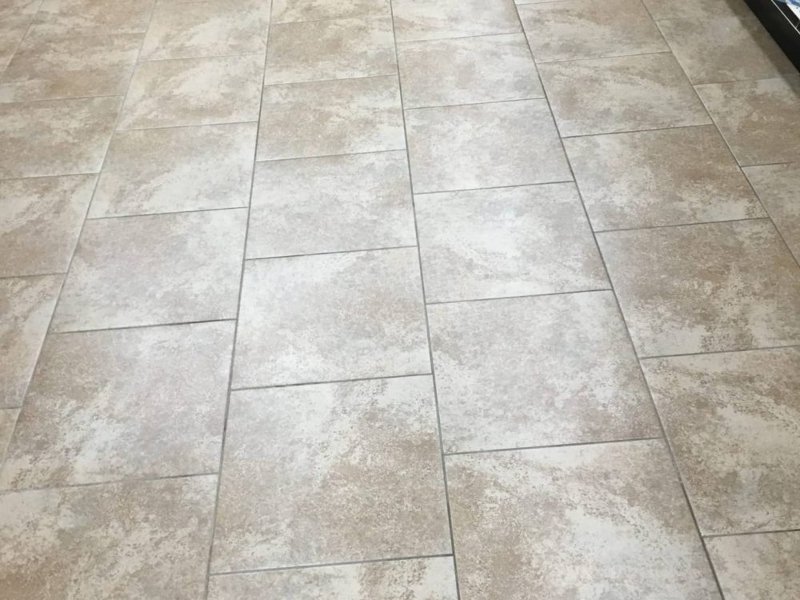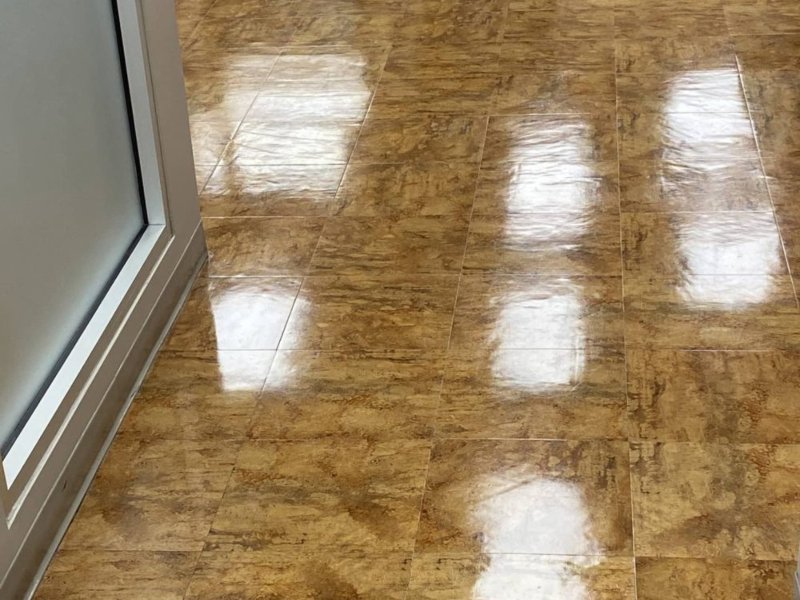Keeping restrooms clean and disinfected is essential in any commercial property. Not only does it provide a pleasant and hygienic environment for your employees and customers, but it also helps prevent the spread of harmful bacteria and viruses. In this article, we will provide you with tips on how to properly disinfect restrooms on your commercial property.
Discover the Right Disinfectants and Cleaning Agents For Different Surfaces and Fixtures
Different surfaces and fixtures in restrooms require different types of cleaning agents and disinfectants. To ensure that you are using the right cleaning products, it is important to read the label carefully and follow the manufacturer’s instructions.
For example, you may need to use a different disinfectant for your toilet then you would for your sink. High-touch surfaces such as door handles, faucets, and soap dispensers should be cleaned and disinfected frequently with a disinfectant that has been approved by the EPA for use against SARS-CoV-2.
Tips for Cleaning and Maintaining Floors, Walls, and Ceilings
- Floors: Restroom floors should be cleaned and disinfected regularly to prevent the buildup of dirt and grime. It is important to use a cleaning solution that is safe for the type of flooring in your restroom. For example, a harsh cleaning solution may damage tile floors, while a mild cleaner may not be strong enough to remove stains from concrete floors.
- Walls: Restroom walls should be cleaned regularly to prevent the buildup of soap scum and other types of dirt. A mild cleaning solution and a soft-bristled brush can be used to clean the walls. Avoid using abrasive cleaners or tools that could damage the paint or wallpaper.
- Ceilings: Ceilings can accumulate dust and dirt over time. It is important to clean the ceiling regularly to prevent the buildup of mold and bacteria. A vacuum with an extension wand or a soft-bristled brush can be used to remove dust and cobwebs.
The Importance of Personal Protective Equipment (PPE) For Janitorial Staff
Janitorial staff who clean restrooms are at risk of exposure to harmful chemicals and pathogens. To protect themselves from these risks, they should wear appropriate personal protective equipment (PPE). This may include gloves, masks, and eye protection.
Gloves should be worn when handling cleaning chemicals and contaminated materials. In addition, masks should be worn when cleaning restrooms to prevent inhalation of harmful chemicals and pathogens. Your eyes should also always be protected, which is why eye protection should be worn to prevent splashes and sprays of cleaning chemicals.
How to Properly Dispose of Waste and Contaminated Materials
Waste and contaminated materials should be disposed of properly to prevent the spread of pathogens. Trash cans should be lined with plastic bags that are tied securely before disposal. Contaminated materials such as used gloves and wipes should be placed in a biohazard bag before moving it to the disposal area.
If your commercial property has a restroom that is used by people who have tested positive for COVID-19 or other infectious diseases, it is important to follow the CDC guidelines for cleaning and disinfecting. These guidelines include wearing appropriate PPE, using an EPA-approved disinfectant, and properly disposing of waste and contaminated materials.
Proper disinfection of restrooms in your commercial property is crucial to maintain a clean and hygienic environment for your employees and customers. By using the right cleaning products and disinfectants for different surfaces and fixtures, cleaning and maintaining floors, walls, and ceilings, providing appropriate PPE to janitorial staff, and properly disposing of waste and contaminated materials, you can help prevent the spread of harmful bacteria and viruses.
